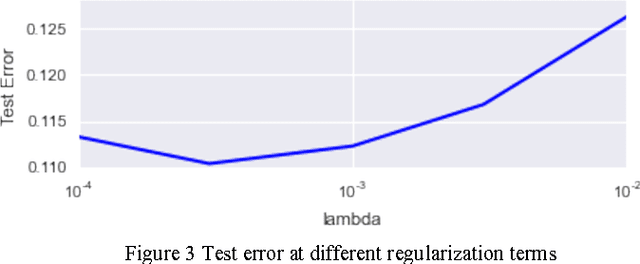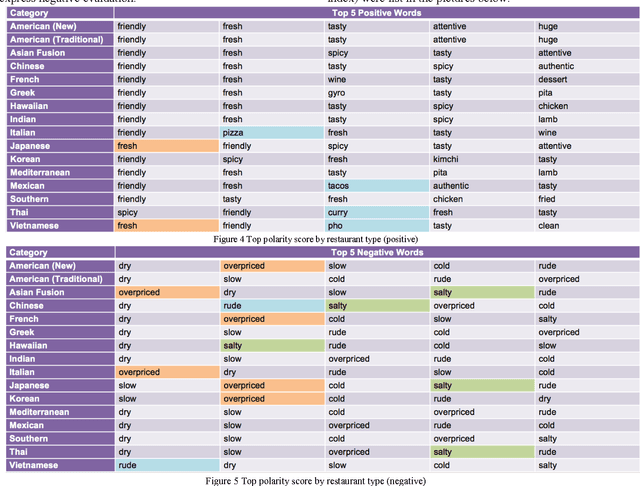Jiaxu Zhou
SOTOPIA-S4: a user-friendly system for flexible, customizable, and large-scale social simulation
Apr 19, 2025Abstract:Social simulation through large language model (LLM) agents is a promising approach to explore and validate hypotheses related to social science questions and LLM agents behavior. We present SOTOPIA-S4, a fast, flexible, and scalable social simulation system that addresses the technical barriers of current frameworks while enabling practitioners to generate multi-turn and multi-party LLM-based interactions with customizable evaluation metrics for hypothesis testing. SOTOPIA-S4 comes as a pip package that contains a simulation engine, an API server with flexible RESTful APIs for simulation management, and a web interface that enables both technical and non-technical users to design, run, and analyze simulations without programming. We demonstrate the usefulness of SOTOPIA-S4 with two use cases involving dyadic hiring negotiation and multi-party planning scenarios.
On the Resilience of Multi-Agent Systems with Malicious Agents
Aug 02, 2024Abstract:Multi-agent systems, powered by large language models, have shown great abilities across various tasks due to the collaboration of expert agents, each focusing on a specific domain. However, when agents are deployed separately, there is a risk that malicious users may introduce malicious agents who generate incorrect or irrelevant results that are too stealthy to be identified by other non-specialized agents. Therefore, this paper investigates two essential questions: (1) What is the resilience of various multi-agent system structures (e.g., A$\rightarrow$B$\rightarrow$C, A$\leftrightarrow$B$\leftrightarrow$C) under malicious agents, on different downstream tasks? (2) How can we increase system resilience to defend against malicious agents? To simulate malicious agents, we devise two methods, AutoTransform and AutoInject, to transform any agent into a malicious one while preserving its functional integrity. We run comprehensive experiments on four downstream multi-agent systems tasks, namely code generation, math problems, translation, and text evaluation. Results suggest that the "hierarchical" multi-agent structure, i.e., A$\rightarrow$(B$\leftrightarrow$C), exhibits superior resilience with the lowest performance drop of $23.6\%$, compared to $46.4\%$ and $49.8\%$ of other two structures. Additionally, we show the promise of improving multi-agent system resilience by demonstrating that two defense methods, introducing an additional agent to review and correct messages or mechanisms for each agent to challenge others' outputs, can enhance system resilience. Our code and data are available at https://github.com/CUHK-ARISE/MAS-Resilience.
Identifying Restaurant Features via Sentiment Analysis on Yelp Reviews
Sep 20, 2017



Abstract:Many people use Yelp to find a good restaurant. Nonetheless, with only an overall rating for each restaurant, Yelp offers not enough information for independently judging its various aspects such as environment, service or flavor. In this paper, we introduced a machine learning based method to characterize such aspects for particular types of restaurants. The main approach used in this paper is to use a support vector machine (SVM) model to decipher the sentiment tendency of each review from word frequency. Word scores generated from the SVM models are further processed into a polarity index indicating the significance of each word for special types of restaurant. Customers overall tend to express more sentiment regarding service. As for the distinction between different cuisines, results that match the common sense are obtained: Japanese cuisines are usually fresh, some French cuisines are overpriced while Italian Restaurants are often famous for their pizzas.
 Add to Chrome
Add to Chrome Add to Firefox
Add to Firefox Add to Edge
Add to Edge